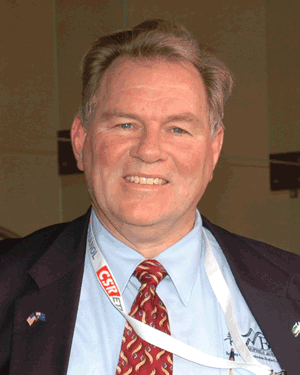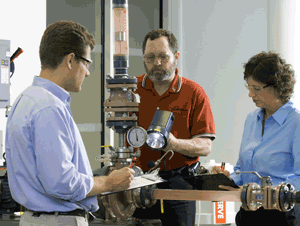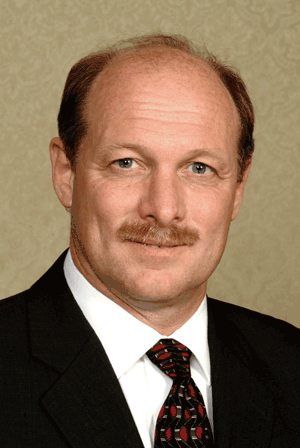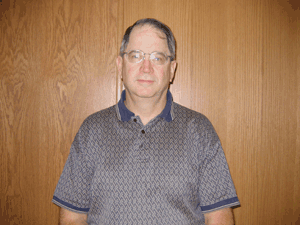August 2006
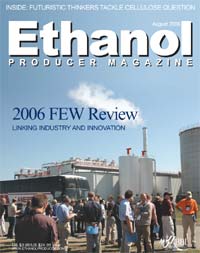 View Full Print Edition
View Full Print EditionBusiness Briefs
Columns

Fiduciary Duties of Directors in Evaluating Buyout Opportunities
By Valerie D. Bandstra

The Way I See It
By Mike Bryan
View From the Hill
By Bob Dinneen
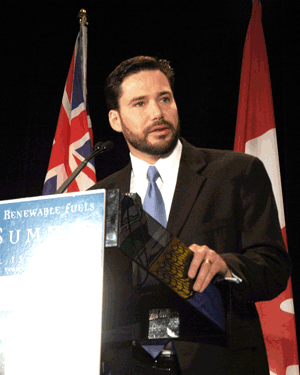
NBB In Sight
By Joe Jobe
Legal Prespectives
By Todd Guerrero and Mark Hanson
Talking Point
By Mark Warren
Featured
Yeast Unbound
By Ron Kotrba
Obviously, the topic of fermentation is a "must have" in technical sessions at an event like the FEW. Ethanol's increasing popularity compared to even last year, combined with the integral role performed by yeast in the production process, position new gains in fermentation efficiencies at the forefront of many industry minds.

Rushing Ahead Reasonably
By Holly Jessen
The future of the ethanol industry is filled with promise, including currently increasing production numbers coupled with the tantalizing possibility of advances in cellulose-to-ethanol technologies. Industry leaders recognize that with the explosive growth comes growing pains, however.

Control Your Energy Destiny
By Dave Nilles
Ethanol producers aren't completely at the mercy of the natural gas markets or the electrical grid. The sooner plants are finding that out, the sooner they are improving their bottom line.

Ethanol Producers Talk Shop
By Ron Kotrba
Gathering eight experts from seven plants together at the 2006 FEW to answer any question thrown at them was the object of "Shop Talk I & II," where inquiries on grinding corn, drying distillers grains and almost everything in between were all fair game
An Effective Dose
By Nicholas Zeman
Presenters at the 2006 FEW included those who discussed the latest breakthroughs, explorations and challenges associated with traditional and novel enzymatic processes that are driving the industry to new efficiency heights.
Milwaukee's Best
By Tom Bryan
Drawing nearly 3,400 people to Milwaukee in June, the 2006 International Fuel Ethanol Workshop & Expo once again defied its acronym—FEW—and maintained its status as the largest, and certainly one of the most prolific, ethanol events in the world.
Mitigating the Unknown
By Holly Jessen
As the ethanol industry grows, the rules of the game are changing. Along with positive developments, like increased interest by investors and ramped up demand for ethanol, comes more volatile grain markets, for example. That means risk management is a tool with ever-growing importance as ethanol producers strive to maintain steady profits at a time when growing pains could threaten to strike.
Evolutionary Compliance
By Dave Nilles
Even as the U.S. EPA is exploring reclassifying the emissions thresholds for ethanol facilities, technology providers and government agencies are offering options for reducing emissions. The landscape of environmental concerns continues to change.
Distillers Grains: Getting Value from Quality
By Anduin Kirkbride McElroy
Based on current and potential ethanol production, the United States could see nearly 14 million tons of distillers grains produced in 2008. How can you ensure that your plant will get value for your product in a potentially saturated market? Make it valuable.

Wringing Out the Last Drop with Increased Plant Efficiency
By Holly Jessen
Producers are always on the lookout for ways to produce more ethanol from the same amount of grain. As the industry grows, more vendors are offering new technologies and experimental procedures that translate into increased gallons and higher plant efficiency—good news for an industry hungry to ramp up production.
Quest Beyond Corn and Sugarcane
By Anduin Kirkbride McElroy
Corn in the United States and sugarcane in Brazil are basically synonymous with ethanol production, but there are concerns about their limitations. Fortunately, technology advancements are revealing a virtual garden of viable ethanol feedstocks.
Handle With Care
By Dave Nilles
Manufacturing and transporting ethanol requires the utmost caution. Though rare, spills and injuries can and do occur. Safety advocates stress that forming and sticking to a safety plan is necessary and productive to any ethanol operation.
It's A Global Thing
By Anduin Kirkbride McElroy
Opportunities abound for ethanol on a global scale. What they are, and how they can benefit local economies to ensure sustainability, are questions an international panel effectively addressed at the 2006 FEW.
The Plant Doctors
By Nicholas Zeman
Like the physicians who heal, diagnose and maintain the complicated functions of the human body, ethanol plant maintenance and management personnel are charged with keeping plant operations free from ailments and breakdowns—and production levels at full capacity. Armed with cutting edge technologies, prevention rather than reaction was the credo of presenters at the 2006 FEW.
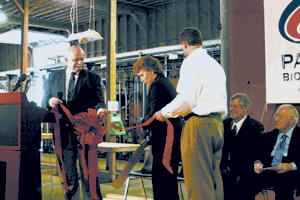
Patriotic Pursuit
By Gary DiGiuseppe
Arkansas' newest biodiesel plant is about one-tenth the size of some of the massive facilities in the Upper Midwest, but that's of no consequence to Tommy Foltz and his investor partners, who are using Patriot BioFuels Inc. as a base from which to launch larger, more expansive operations.
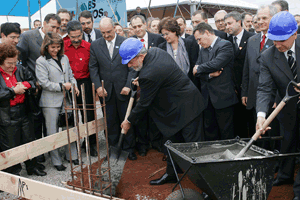
Brazil just makes it happen
By Elizabeth Johnson
With a plethora of projects in the works, and a nationwide low-blend mandate looming, Brazil-a nation famous for producing low-cost ethanol-is poised to become a world leader in biodiesel production.
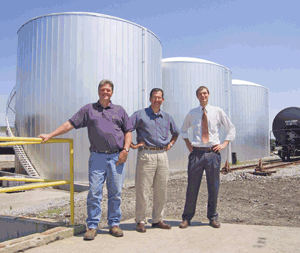
Pumped on Quality
By Darren Wight
For Peter Cremer North America, the first BQ-9000 accredited biodiesel producer in the world, maintaining premium quality fuel without sacrificing production targets is a must. Relying on vane pump technology throughout the entire facility delivers consistency and performance that helps make those important dual objectives achievable.
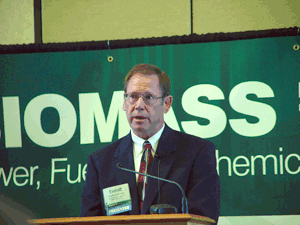
The 'Peak' Role of Biofuels
By Tom Bryan
Experts may not see eye-to-eye on peak oil projections, but most now agree the world's near- and long-term energy needs will be met by an increasingly diverse portfolio of fossil fuels and renewable energy. At the Energy & Environmental Research Center's inaugural biomass conference, it was made clear that biodiesel can play a key role in this mixed-and-matched energy future.
Contributions
Ethanol Futures: Welcome to Our World
By Brenda Tucker








